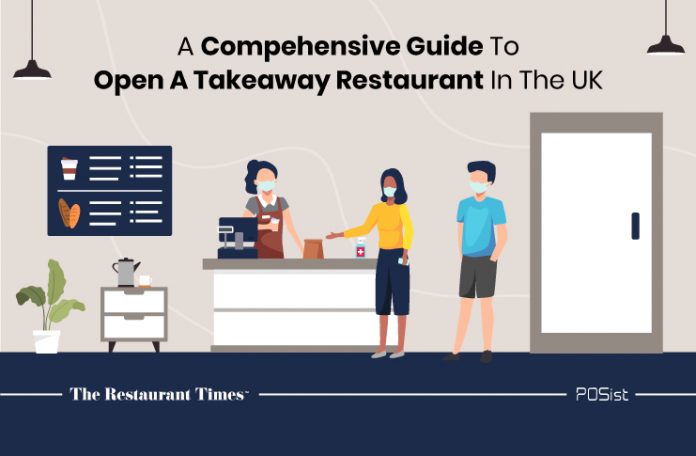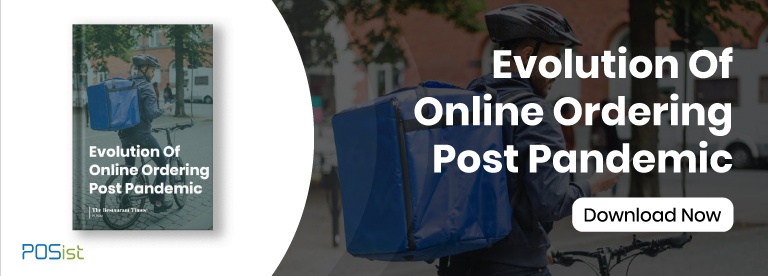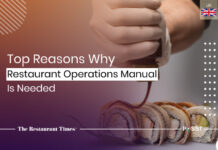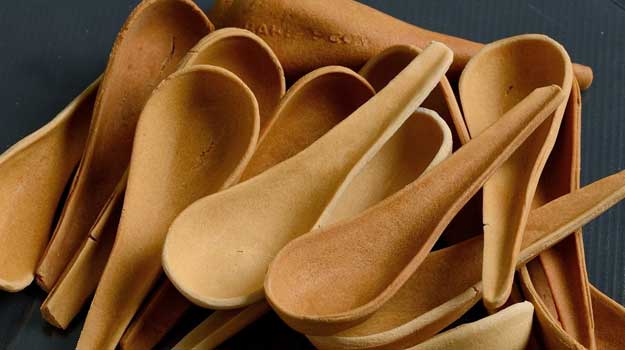As online ordering surges in the UK, food deliveries and takeaways have become a major stream of revenue for restaurateurs. In this new era, UK restaurateurs are profiting off takeaway businesses. According to Statista, a UK household spends about 5 pounds per week per person on takeaways. With such wide acceptance of takeaways in the region, especially post COVID-19, a restaurateur needs the perfect guide to opening a takeaway restaurant.
One of the Indian takeaway restaurant startups in the UK is Chilli Tuk Tuk. It is based in North Finchley and aims to deliver exotic Indian cuisine to the Indian population in the UK. Looking at the bigger picture, the founder, Deepak Christopher, has taken his business to a new level such that Chilli Tuk Tuk is now one of the best-rated takeaway restaurants on Just Eat and Hungry House. While the takeaway segment is saturated, it is important to look for niche opportunities in your area and figure out if you can come up with a cuisine that isn’t being prominently served already.
This article will guide budding food entrepreneurs through the things they should consider while opening a takeaway business in the UK.
Things To Do While Opening A Takeaway Restaurant In The UK
A takeaway restaurant prepares food for the customers to enjoy off-premises, for instance, their homes. It is also a facility in dine-in restaurants where people can order their food and eat it wherever they want. Here’s a guide to opening a takeaway restaurant successfully in the UK.
1. Create An Organized Business Plan
Before stepping into a takeaway, it is imperative that you create a structured restaurant plan to make your business a success. A restaurant business plan consists of all your future decisions, your operations, your budget, your strategies, etc. It’s like a blueprint of your business you can look back to whenever you’re stuck somewhere.
A takeaway restaurant business plan spans all the aspects of your business, from marketing to managing finances. You need to be wary of the fact that you have adequate funds until the takeaway business starts picking up to avoid being forced out of the competition due to miscalculated finances.
A business plan is made by putting a lot of effort into it. Since it revolves around the mission of the business, it is always convenient to look back at the plan while bringing about changes to the business. This is to ensure that the novel changes resonate with the restaurant’s theme and mission.
2. Choose The Cuisine And Design The Menu
Takeaway restaurants serve a wide variety of food. What you need to understand is what sells in the market. If there is an absence of a particular cuisine which you happen to be good at, you should choose that cuisine for your takeaway restaurant. For instance, if ‘Indian’ is your cuisine, and you see no prominent restaurants serving it to the customers, then you should look at it as an opportunity to grab and start with that cuisine.
The next thing you need to do is design the menu around the cuisine chosen. Remember, a well-designed menu brings in more money. While starting a takeaway restaurant, it is recommended to adopt a limited but attractive menu that has your secret ingredient. Lesser choices don’t confuse the customers and make it easy for them to order. Furthermore, even from the restaurant’s perspective, limited menus reduce food costs to a great extent.

3. Get The Required Licenses
Opening a restaurant outlet in any country requires a license from the local authorities. You need to register on a designated UK government site before you jump into managing the takeaway business to avoid any legal troubles in the future.
Furthermore, it’s also important to think about the health inspections. You need to train your staff to comply with prescribed regulations in all aspects and make sure they follow the COVID-19 safety norms in order to pass the government health inspections without any hassles. After your business is set up, the Food Standards Agency (FSA) inspects the place and gives the hygiene certificate to the restaurant.
4. Choose The Right Location
While opening a takeaway restaurant, the location of the takeaway restaurant should be decided thoughtfully. Factors like footfall, customer behavior, and competitors should be considered while setting up the outlet. You need to weigh the pros and cons of all your choices and analyze how you can leverage the pros against the cons. For instance, there is no use in setting up a non-vegetarian takeaway outlet where people are vegan.
You need to choose the location such that it is accessible to the customers, delivery staff and vendors. In addition, the location should also be resourceful enough. Being close to the market, having proper waste disposal facilities, and abundant water and electricity supply are some of the features that your location must-have.
5. Get Your Staff And Equipment
Staff and equipment are essentials for any F&B establishment. These are the components that will get your work done. It is to be ensured that you hire competent staff and high-quality equipment for them to use. You do not want frequent spillage and soiled food in your restaurant. This just means wastage of money. You will also need a delivery fleet for your restaurant that can properly handle and deliver the packages to your customers’ doorstep. Make sure to put together a great team to handle your business responsibly.
Next, you need to get your hands on good kitchen equipment. Initially, you can opt for used kitchen equipment to save costs for other important tasks. Once the business kicks off, a wider variety and better quality equipment can be bought. However, while buying new or used kitchen equipment, ensure that the quality of the equipment is top-notch in order to avoid any problem during food preparation.
6. Facilitate Easy Ordering And Delivery
Being a restaurateur, it is your responsibility to make the ordering procedure and delivery easier for your customers. Integrating with food delivery applications is one way to make the ordering procedure seamless for the customers. They should be able to easily find your takeaway restaurant on applications like JustEat, Deliveroo etc., and order in just a few clicks. In addition to making ordering easier, food aggregators also market the restaurant and provide delivery services.
However, if you think you have the potential to market the restaurant by yourself and have your own delivery staff, you can come up with your own online delivery platform. Even though food aggregators provide so many facilities to the restaurateurs, they charge huge commissions. Thus, online delivery platforms are a good solution to cut down on the commission.
Using an online delivery platform costs around £200 while integrating with food delivery apps can cost £300 – £500. In addition, the commission of online delivery platforms is around 5-7% of the order value while that of delivery applications is 15-30%. Depending on your finances, decide on the most suitable option.

7. Market Yourself Well
A successful business is one that enjoys a high brand recall. Imagine a customer saying, “I am really craving Chinese food today. Let’s go to ‘that’ restaurant.” This is what is called creating a successful brand recall. Good marketing makes the customers run back to your outlet frequently.
Marketing your takeaway restaurant is as important as running it. The success of your restaurant greatly depends on how you spread the word about your business. Social media can be leveraged to popularize your new outlet via interactive polls and contests. Giving out business cards at charity events and food festivals is also a good way to market your takeaway business. Furthermore, food aggregators also play a part in marketing your restaurant by providing exposure to a wider audience on their applications.
8. Work On Good Packaging
Packaging plays an important role in influencing what your customers think about your outlet. If the packaging isn’t attractive enough or spills, it will not create a good impression on customers’ minds. If your outlet is entirely takeaway, packaging will contribute greatly to delivering customer satisfaction. Thus, the packaging is one thing to be extremely careful of while setting up a takeaway outlet.
Even though food presentation is something that you cannot control in packaged food, you can ensure good food quality and pack it such that it does not spill or flow out. You can work on packaging presentation and also switch to biodegradable packaging to promote environmental conservation. Moreover, in the wake of COVID-19, small sanitation kits can also be provided with extra cutlery in the food packages to ensure customer safety.
9. Automate The Kitchen
Last but not the least, the need to automate the kitchen exists, regardless of the format of your restaurant. Opening a takeaway restaurant, you can expect numerous orders coming in from multiple ordering channels. In order to manage those orders well, the kitchen should be equipped with a good POS system. The presence of POS makes the order taking and billing process simpler.
In addition to this, a POS system also manages the stock and inventory, customer data, and provides detailed analytics via item-wise and ingredient-wise reports. You can also view daily, weekly, monthly and yearly sales reports in a POS system. Besides, there are many other important features that make a POS system an important asset for any outlet.
The restaurant takeaway industry in the UK is not dominated by giants. Therefore, one can easily set up a takeaway business. Follow these tips to open and run a successful takeaway restaurant business in the UK.


















